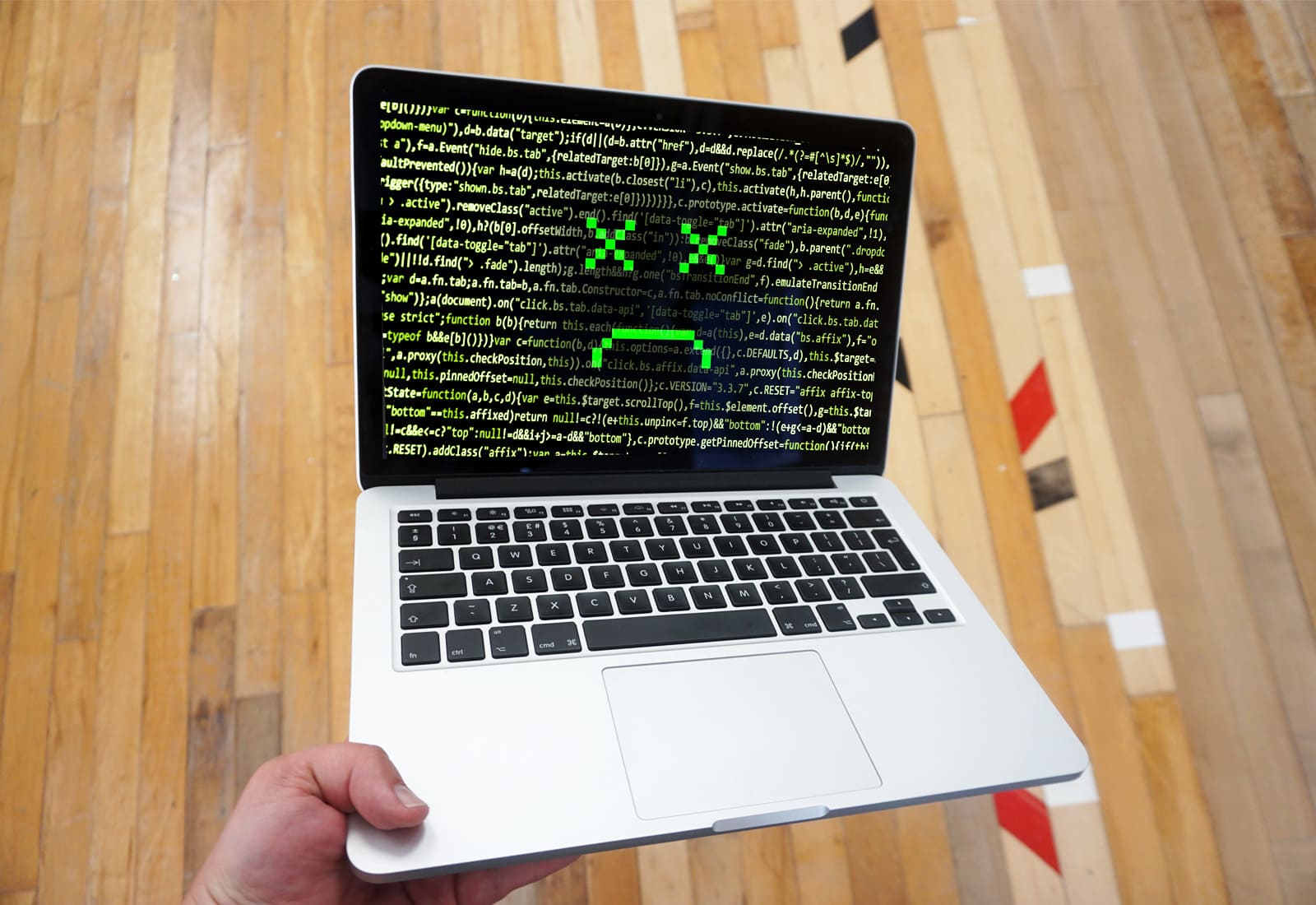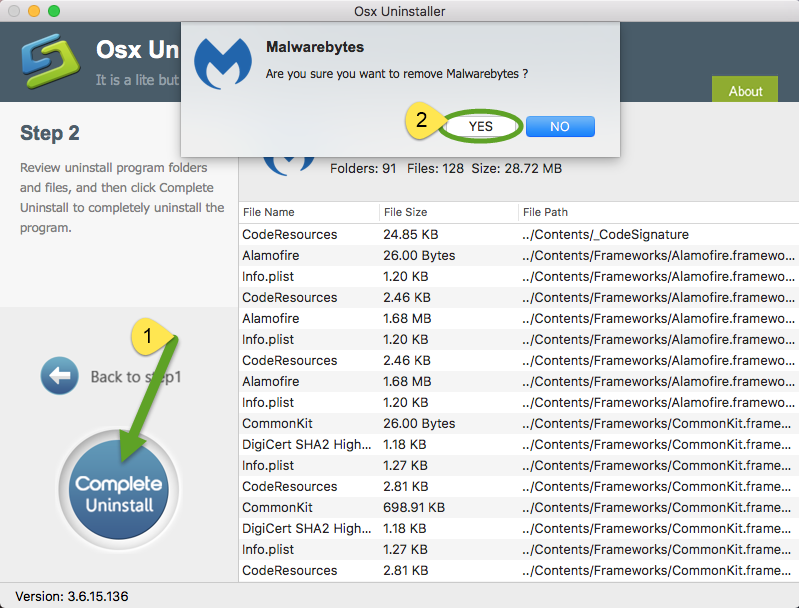
Library/Application Support/com.SearchQuestDaemon/SearchQuest Next, the first of two LaunchDaemons is dropped at

Users/aUser/Library/Application Support/com.SearchQuest/SearchQuest Users/aUser/Library/LaunchAgents/Īnd targets the following executable in its Program Arguments:

The following uses SearchQuest as the example name, but of course this may be replaced with any one of the names and patterns mentioned above. First, it will drop not only a LaunchAgent in the local user Library but also two LaunchDaemons in the local domain Library. On collecting the password, the malware uses the credentials to drop a number of files in both the user and local computer domains. The adware typically presents an authorization dialog that asks for an admin password. Victims of AdLoad will find that the malware drops files in both some of the usual, easy to find places used by macOS malware as well as some much lesser known areas that can be hard to detect.
#FREE MALWARE FOR MAC 2017 HOW TO#
We’ll see how to more effectively detect and protect against this kind of malware below. Malware authors will soon refactor once their success-to-detection rate starts to tumble in the wrong direction. As we’ll see later, that suggests a close link between AdLoad and Mughthesec malware, but it still fails to catch the AdLoad malware which, while it does use BerTaggedData, it does not contain the substrings with fallback.Īnd clearly while static signature detections on BerTaggedObject and other static features of the binary might be good while they last, like Apple’s XProtect signatures they won’t last long. This definition requires, among other things, that the binary contains strings including the substring fallback as well as BerTaggedData. Interestingly, XProtect’s “Mughthesec” definition gets closer to current AdLoad static signatures. Hitting on distinctive method names shows the files to be variants of the same malware: In order to avoid simple static detections, the files have different hashes, though they are often of similar size. That breaks XProtect’s ability to detect the malware with the above rule, since the rule specifies that string as necessary, though not sufficient, for a detection.
#FREE MALWARE FOR MAC 2017 CODE#
This rule from Apple’s current XProtect definitions effectively requires the scanned binary to contain the string “getSafariVersion” in order to trigger a detection.Īlas, malware authors have long since refactored their code and current variants no longer contain that string. Unfortunately for many macOS users, neither XProtect nor many other simple static engines detect it. Despite that, versions of AdLoad are still being reported in the wild by macOS users on Apple Support Communities forums. This malware has been known for some time, with at least two variants known to Apple’s XProtect definitions from November 2017 or earlier. AphroditeLookupAphroditeResultsApolloSearchApolloSearchDaemonArtemisSearchArtemisSearchDaemonElementaryDataSearchElementarySignalSearchDaemonFindDataGlobalConsoleSearchGlobalQuestSearchGlobalQuestSearchDaemonKreberisecNetSignalSearchDaemonResultSyncSearchAdditionallySearchAdditionallyDaemonSearchQuestSearchQuestDaemonSimpleFunctionSearchSimpleSearchAppDaemonTrustedMacResultsSearchDaemonWebSearchStride Here’s a partial list of some of the most common names circulating at the moment. Some of the more recent names used include ‘ElementarySignalSearchDaemon’, ‘ArtemisSearchDaemon’, ‘GlobalQuestSearchDaemon’, ‘TrustedMacResultsSearchDaemon’, ‘NetSignalSearchDaemon’, ‘SimpleSearchAppDaemon’, ‘SearchQuestDaemon’ and – breaking the mould a little – ‘SearchQuest’ and ‘ResultSync’ among many others.

Most follow a pattern along the lines of SearchDaemonLookupDataSearchResults What does AdLoad do?ĪdLoad is a malware that installs under a variety of different names: Kreberisec, Apollo, Aphrodite SearchDaemon and many others. The aim is to hijack and redirect user’s web browsers for monetary gain. What is AdLoad?ĪdLoad is an aggressive adware infection that installs a Man-in-The-Middle web proxy to redirect user’s web traffic through the attacker’s own preferred servers. In this post, we take a deeper look into how AdLoad adapts and evades many macOS AV solutions as well as discuss how to properly detect and remove AdLoad malware.

AdLoad is certainly not new it’s been around in one form or another since at least late 2017, but the developers have continued to adapt not only to avoid detection on installation but also to resist attempts to remove their malware. Incidents of the aggressive AdLoad macOS malware have been increasing over the last few months as the malware continues to evade built-in macOS security and many third-party security solutions.


 0 kommentar(er)
0 kommentar(er)
